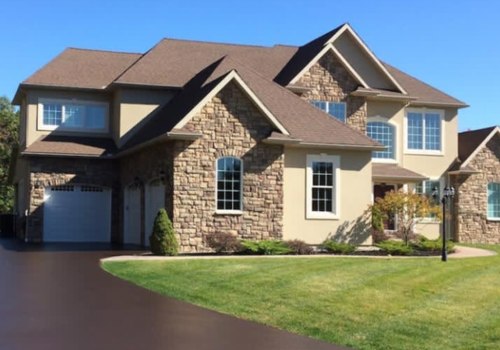Log cabins, with their rustic charm and connection to nature, have been a popular choice for those seeking a serene retreat or a touch of tradition in their living spaces. However, while they offer a unique aesthetic and a cozy atmosphere, log cabins are not without their challenges. These issues range from maintenance complexities to environmental factors, which can be as crucial as choosing the right roofing in St. Petersburg, FL for ensuring durability and weather resistance in a home.
Maintenance Requirements
One of the most significant problems with log cabins is their high maintenance requirements. The logs are susceptible to damage from moisture, insects, and UV rays. Regular staining and sealing are necessary to protect the wood from these elements. Failure to maintain the logs can lead to rot, mold, and structural damage over time.
Pest Infestations
Log cabins are particularly attractive to pests such as termites, carpenter ants, and wood-boring beetles. These insects can cause severe damage to the wood, compromising the structural integrity of the cabin. Regular inspections and treatments are necessary to prevent and control infestations.
Weather-Related Issues
Just as the choice of roofing in St. Petersburg, FL is vital to combat the local climate, the logs in a cabin also face challenges from weather conditions. Extreme temperatures can cause the wood to expand and contract, leading to cracks and gaps in the structure. This can result in drafts, energy inefficiency, and moisture intrusion, which can further exacerbate problems like rot and mold.
Settling and Shifting
Over time, log cabins tend to settle and shift as the logs dry out and shrink. This natural process can lead to issues such as misaligned doors and windows, cracked or buckled floors, and gaps between logs. These problems require regular adjustments and repairs to maintain the cabin's functionality and appearance.
Fire Risk
Wood, being a combustible material, makes log cabins more susceptible to fire risks compared to traditional homes. This risk necessitates stringent safety measures, including the installation of smoke detectors, fire extinguishers, and regular inspections of heating systems and chimneys.
Insulation Challenges
Insulating a log cabin can be challenging. The natural insulating properties of wood are not always sufficient, especially in extreme climates. This can lead to higher heating and cooling costs. Additionally, adding insulation to a log cabin without compromising its aesthetic can be difficult.
Limited Design Flexibility
Log cabins often come with a specific aesthetic and structural design, which can limit remodeling and expansion options. Changing the layout or adding extensions to a log cabin requires careful planning and expertise to ensure the integrity of the structure is maintained.
Cost
Building a log cabin can be more expensive than constructing a traditional home. The cost of high-quality logs, specialized labor, and the maintenance required over time can add up, making it a significant investment.
In conclusion, while log cabins offer a unique and appealing lifestyle, they come with a set of challenges that require consideration. From maintenance and pest control to insulation and design limitations, these issues need to be weighed against the aesthetic and emotional appeal of living in a log cabin.



